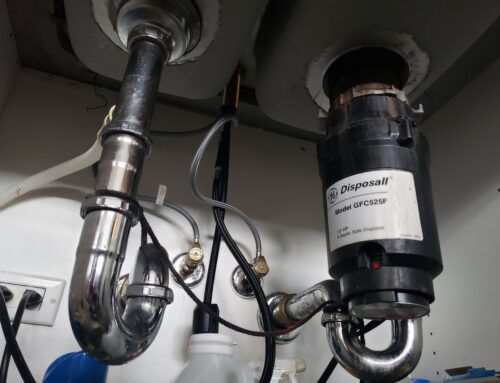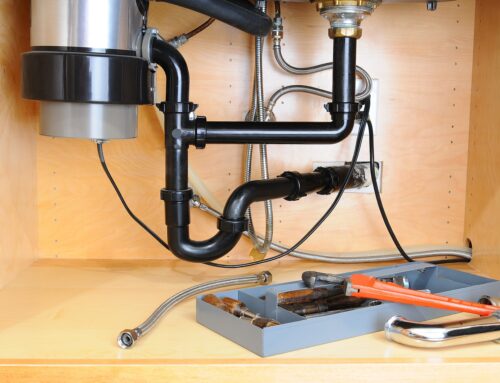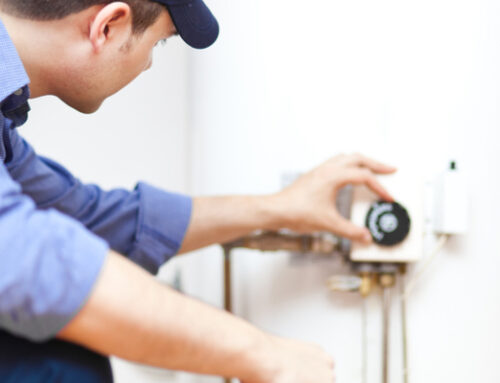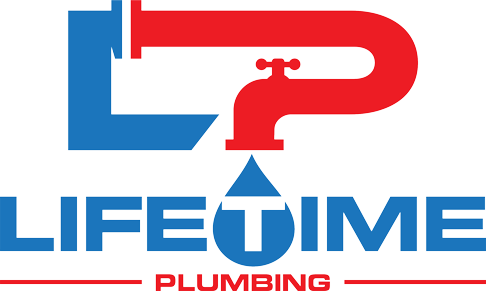Table of Contents
Spring Plumbing Maintenance
Spring plumbing maintenance is an essential annual practice for homeowners to ensure the proper functioning of their plumbing system as they transition into a new season. It involves a series of checks and maintenance tasks aimed at preventing serious problems and costly damage that may have arisen during the winter months.
In this article, we will provide you with a comprehensive checklist of spring plumbing maintenance tasks, along with some useful tips to help you maintain your plumbing system. However, it is always recommended to hire a professional plumber for ensuring thorough inspection and maintenance of the plumbing system.
Remember, proactive maintenance can save you from costly repairs in the long run.
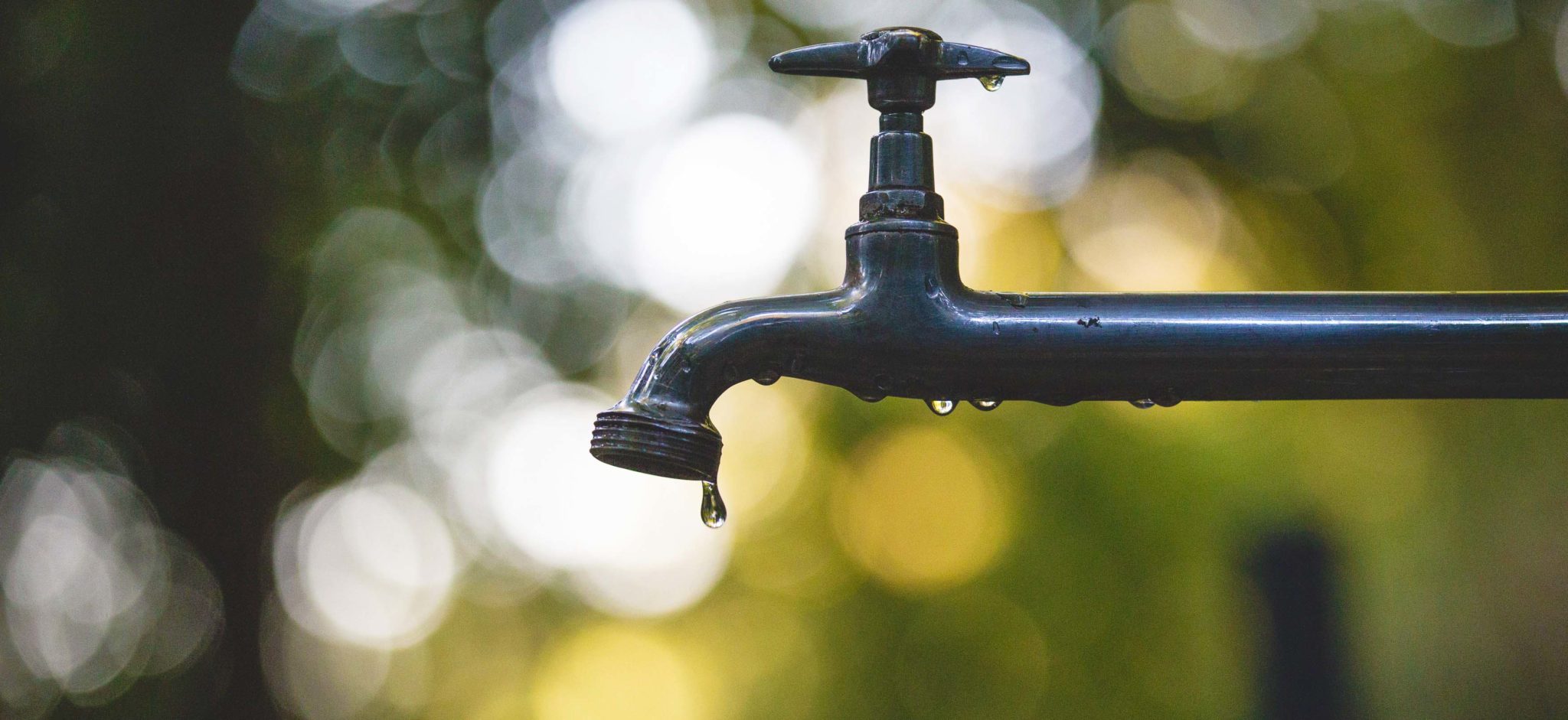
1. Checking and Maintaining the Plumbing System for Spring
Spring is the perfect time to give your plumbing system a thorough checkup and maintenance. As the weather starts to warm up and the days get longer, it’s important to ensure that everything is in working order after the winter season. Here are some key tasks to include in your spring plumbing maintenance checklist:
Examining exposed pipes for any signs of damage or leaks
Start by inspecting all exposed pipes in your home, such as those under sinks, in basements, or in crawl spaces. Look for any signs of corrosion, cracks, or leaks. Even a small leak can lead to major water damage if left unattended. If you notice any issues, it’s important to address them promptly by contacting a professional plumber.
Checking all the faucets and showerheads for leaks
Leaky faucets and showerheads not only waste water but can also lead to higher utility bills. Inspect all the faucets in your home for any signs of dripping or leaking. This includes checking both the hot and cold water handles. Additionally, pay attention to your showerheads and make sure there are no leaks around the connection point between the showerhead and the pipe. If you find any leaks, replace faulty gaskets or O-rings to fix the issue.
Testing the water pressure in the house
Proper water pressure is essential for a functional plumbing system. Low water pressure can be a sign of an underlying problem such as a clogged pipe or a malfunctioning pressure regulator. On the other hand, high water pressure can put stress on your pipes and fixtures, leading to leaks or bursts. To test the water pressure, you can use a pressure gauge that attaches to an outdoor faucet or hire a plumber to perform a more comprehensive evaluation. If you notice any abnormalities in your water pressure, it’s recommended to contact a professional plumber who can further investigate the issue.
By including these tasks in your spring plumbing maintenance routine, you can ensure that your indoor plumbing system is in good condition for the upcoming season. Addressing any issues promptly can help prevent costly repairs and water damage down the line. Remember, if you’re unsure about any of these tasks or suspect a more significant problem with your plumbing system, it’s always best to consult a professional plumber for a thorough inspection and maintenance.
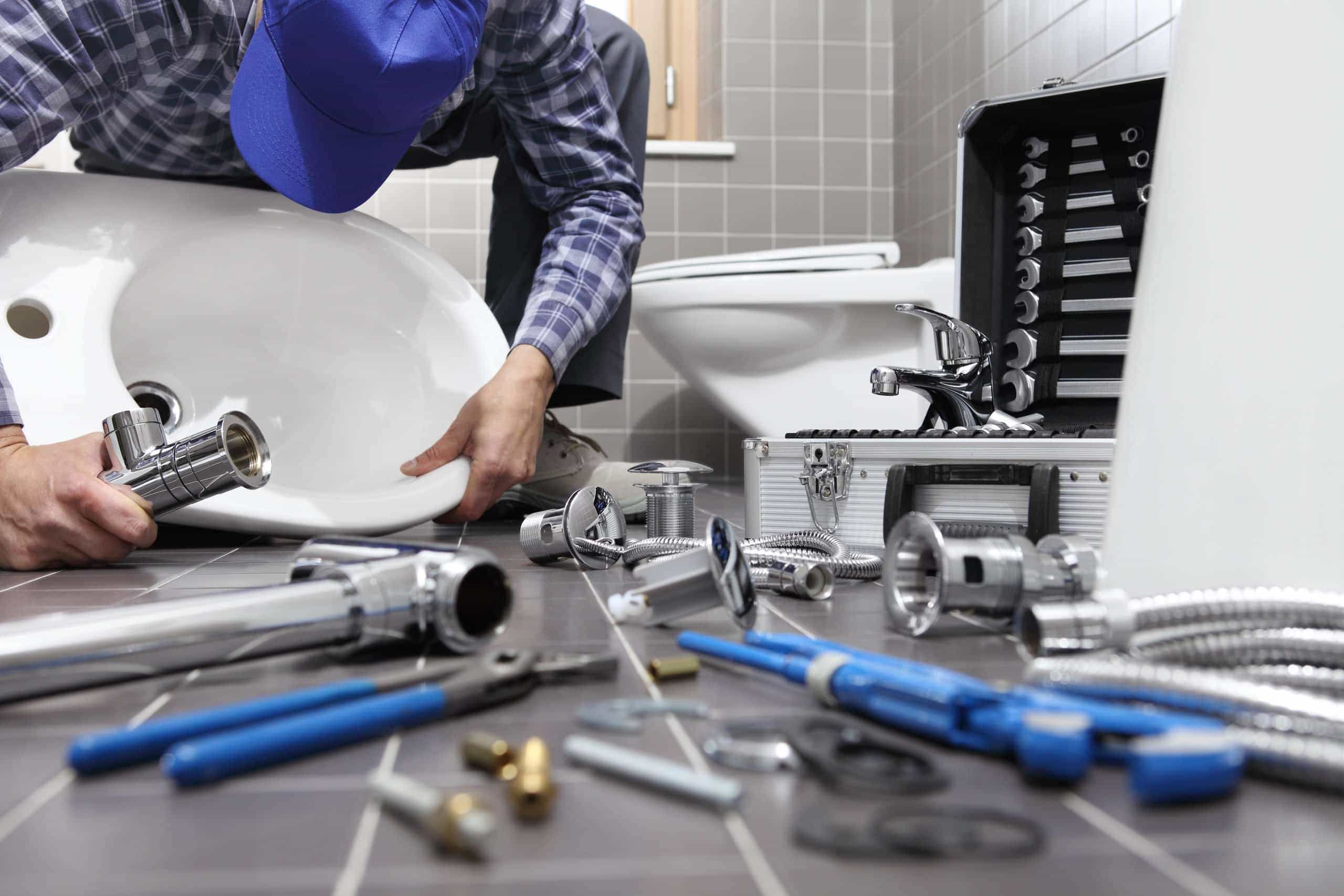
2. Preventing Toilet Leaks in Spring
As spring approaches, it’s important to take care of your toilets because they can easily develop leaks. Catching and fixing problems early on can save you money on water bills and prevent any damage to your home’s plumbing system.
Identifying Common Causes of Toilet Leaks
Most toilet leaks happen because of two main reasons:
- Worn-out flapper valves: The flapper valve is a rubber part that seals the toilet tank. Over time, it can degrade or get out of alignment, causing water to leak into the bowl.
- Faulty fill mechanisms: These are responsible for refilling the tank after each flush. If they’re not working properly, water may keep running into the bowl even when it’s not necessary.
To fix these issues, you’ll need to replace the flapper valve or adjust it so that it creates a tight seal. Similarly, troubleshooting and repairing faulty fill mechanisms can solve toilet leaks effectively.
Regularly checking for these problems and doing preventive maintenance can help you catch them early before they become bigger issues.
Checking and Maintaining Water Supply Valves
Aside from internal parts, you should also inspect and maintain the water supply valves connected to your toilets. These valves control the flow of water into the tank and play a crucial role in preventing sudden leaks or floods.
Here’s what you should do:
- Inspect for signs of damage: Look for any signs of corrosion or leaks around the water supply valves. If you notice anything unusual, it’s best to address it right away.
- Test the valves: Periodically turn the valves on and off to make sure they’re working smoothly without any leakage.
- Apply lubrication: Use some lubricant on the valve handles to keep them functioning well and prevent mineral buildup that could cause them to seize up.
Taking these steps will help ensure that your water supply valves are in good condition and ready to handle the demands of the spring season.
By being proactive about common causes of toilet leaks and taking care of the associated water supply valves, you can promote water efficiency in your home and reduce the chances of plumbing emergencies during spring.
3. Maintaining Water Heaters in Spring
Spring is the perfect time to give your water heater some TLC, ensuring it runs efficiently and lasts longer. Follow these essential maintenance tasks:
Adjusting Temperature Setting
Take a moment to adjust your water heater’s temperature setting to a recommended level. This simple step helps prevent scalding and saves energy. Lowering the temperature by a few degrees can make a noticeable difference in your utility bills and reduce the risk of accidental burns, especially if you have young children or older family members at home.
Flushing Out Sediment Buildup
Over time, sediment can build up inside your water tank, affecting its performance. Flushing out this sediment is an easy yet crucial task in maintaining your water heater. You can either follow the manufacturer’s instructions for a DIY approach or hire a professional for assistance. Regularly flushing the tank will help maintain clean water and prevent potential problems caused by sediment accumulation.
Find our more about how to flush sediment from your water heater!
Checking Water Supply Valves
As part of your spring maintenance routine, don’t forget to inspect the water supply valves connected to your water heater. Look out for any signs of corrosion, leaks, or malfunctions. If you notice any issues with these valves, it’s important to replace them promptly to avoid water damage and ensure a continuous supply of hot water.
By tackling these specific tasks during your spring plumbing maintenance, you’ll not only improve the efficiency and lifespan of your water heater but also minimize the chances of costly water heater repairs down the line.
Tip: Avoid relying too much on chemical drain cleaners as they can corrode pipes and lead to leaks. Also, be mindful of what goes down the toilet, especially if you have little ones around.
Taking a proactive approach to spring plumbing maintenance is key to keeping your plumbing system healthy and efficient throughout the season while avoiding any unexpected surprises.
4. Testing Sump Pump Operation for Spring
A sump pump is an essential component of a home’s plumbing system, especially during the spring season when heavy rains can lead to basement flooding. It serves the purpose of preventing water accumulation in the basement by pumping out excess water from the sump pit. To ensure that your sump pump is ready to handle the upcoming rainy season, it’s important to test its operation and inspect any outdoor plumbing components connected to the system.
Steps to Test the Sump Pump Operation
Testing the sump pump before the rainy season arrives is crucial to verify that it is functioning properly. Here are some steps you can follow:
- Locate the sump pit: The sump pit is usually found in the basement or crawl space of a home. It is a hole dug into the ground and houses the sump pump.
- Remove any debris: Before testing the sump pump, make sure that the pit is free from any debris or obstructions that may hinder its performance. Clear out any dirt, rocks, or other materials that may have accumulated in the pit.
- Fill the pit with water: Pour enough water into the pit to activate the float switch of the sump pump. The float switch is responsible for detecting rising water levels and triggering the pump to turn on.
- Check for proper operation: As you pour water into the pit, observe whether the sump pump activates and starts pumping out water. Listen for any unusual noises or vibrations that may indicate a problem with the pump’s motor or impeller.
- Monitor water drainage: Ensure that water is being properly discharged away from your home’s foundation through a discharge pipe or hose. Make sure that this pipe is clear of any blockages or obstructions.
Inspecting Outdoor Plumbing Components
In addition to testing the sump pump itself, it’s important to inspect any outdoor plumbing components that are connected to the sump pump system. This includes checking for any damage or blockages that may affect the pump’s performance. Here are some key areas to inspect:
- Discharge pipe: Examine the discharge pipe for any cracks, leaks, or misalignments. Ensure that the pipe is securely connected to the pump and that it extends away from your home’s foundation to prevent water from pooling near the basement walls.
- Check valves: Check the operation of any check valves installed in the discharge pipe. These valves prevent water from flowing back into the sump pit once it has been pumped out. Make sure they are functioning properly and not stuck in a closed position.
- Outdoor drains: Inspect any outdoor drains or catch basins that are connected to the sump pump system. Remove any debris or leaves that may have accumulated, as clogged drains can impede proper water drainage.
- Downspouts: Ensure that downspouts from your gutters are directing water away from your home’s foundation and not towards the sump pump discharge area. Redirect downspouts if necessary to prevent excessive water flow into the sump pit.
By testing the sump pump operation and inspecting outdoor plumbing components, you can have peace of mind knowing that your basement is protected from potential flooding during heavy rains in spring.
If you encounter any issues during the testing process or notice any damage or blockages, it’s important to contact a professional plumber for further sump pump inspection and repairs. At Lifetime Plumbing we have the expertise and tools to address any sump pump problems and ensure its optimal performance when you need it most.
5. Other Spring Plumbing Maintenance Tips
Spring is the perfect time to give your plumbing system some extra care, and here are some additional tips and advice for homeowners to prevent common plumbing issues during this season:
Avoiding Chemical Drain Cleaners
Overuse of chemical drain cleaners can lead to corrosion in pipes, causing leaks and other plumbing issues. Instead, consider using natural alternatives such as a mixture of baking soda and vinegar, or contact a professional plumber for safe and effective solutions.
Being Mindful of Toilet Use
In households with children, it’s essential to be mindful of what gets flushed down the toilet. Educate your children about the potential impact of flushing items like toys, wipes, and excessive toilet paper, which can lead to clogged pipes and other plumbing emergencies. Consider installing childproof locks on toilet lids to prevent accidental flushing of objects.
By following these additional maintenance tips, you can keep your plumbing system running smoothly throughout the spring season and beyond.
Conclusion
To ensure the health and efficiency of your plumbing system throughout the season, it is crucial to follow the comprehensive spring plumbing maintenance checklist provided in this article. By taking proactive steps to address any potential issues, you can avoid costly repairs and inconvenience down the line.
While some of these tasks can be done as DIY projects, it is highly recommended to schedule a professional inspection with Lifetime Plumbing, your trusted plumbing company in Chicago. Our team of experts can provide a thorough evaluation and maintenance of your system, ensuring that all necessary repairs and adjustments are made.
Investing time and effort into spring plumbing maintenance is well worth the benefits it brings. By preventing appliance leaks, addressing toilet issues, maintaining water heaters, testing sump pump operation, and following other essential tips, you can safeguard your home from potential water damage and extend the lifespan of your plumbing system.
Don’t let spring catch you off guard. Take action now to protect your home and enjoy a worry-free season ahead. Trust Lifetime Plumbing for all your plumbing needs and experience top-notch service from industry professionals.
Spring Plumbing Maintenance
Need help? Hire the Lifetime Plumbing experts today by giving us a call on (773) 595-1867.
More Posts You May Find Interesting
Table of Contents

